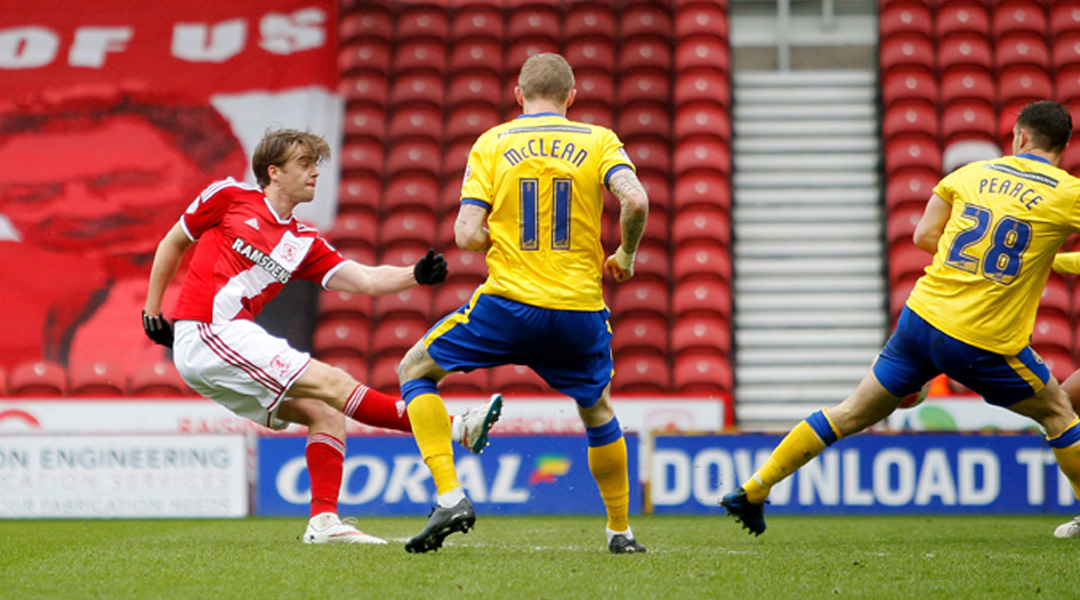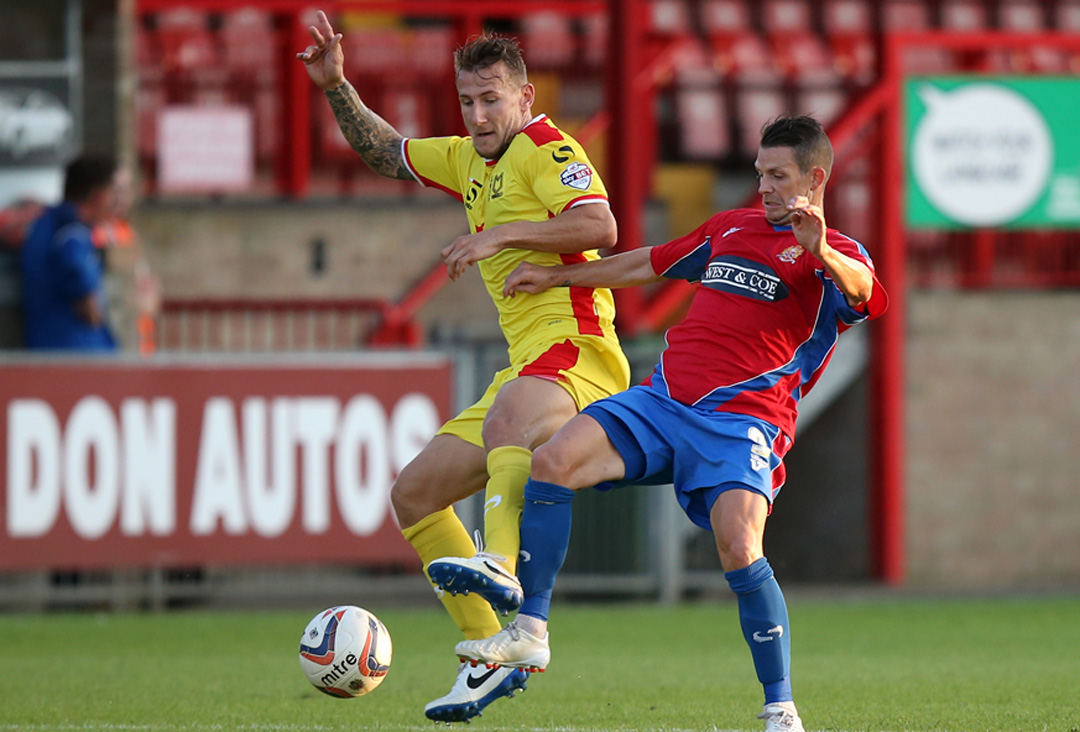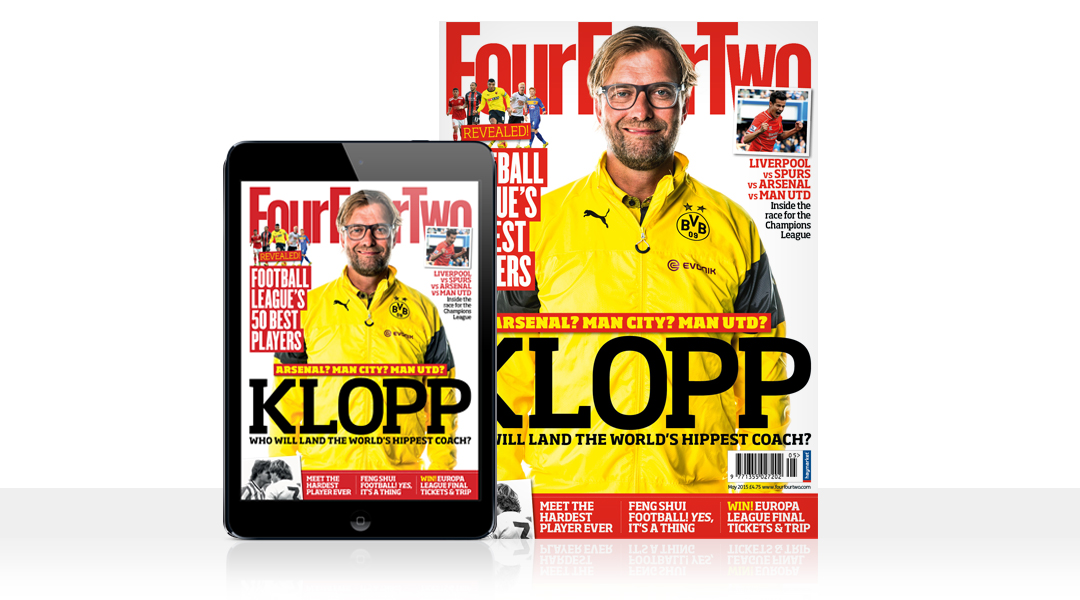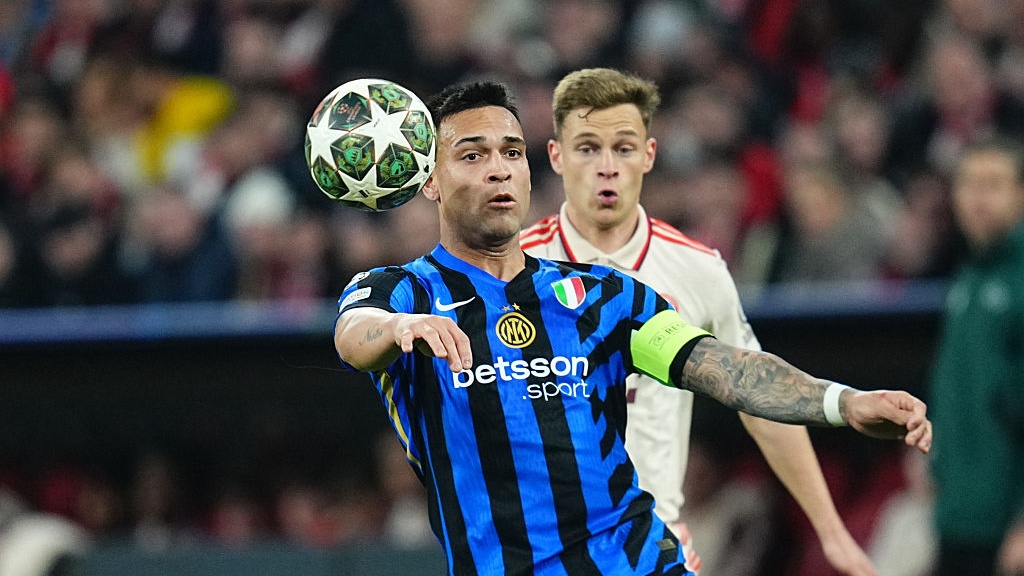Whose loan is it anyway? How fans and players feel about borrowing versus buying
With the loan window now shut, Louis Massarella finds out how short-term deals are really considered by those that matter...

On one hand, striker Patrick Bamford is different. He turned down a scholarship at Harvard University to pursue a football career, already speaks French and German, is learning Spanish and went to a Nottingham school where rugby union is the main winter sport.
On the other hand, Bamford is just the same as any other top young English footballer. He belongs to a Premier League club (Chelsea), is on loan at a Championship one (Middlesbrough), and sees his long-term future playing at the former rather than the latter.
“I have to,” he said recently, “and at the end of the day I want to be a Chelsea first-team player.”
Nothing much wrong with that. For now. If he proves to be tasty enough for Jose Mourinho’s complex palette, he’ll be back at the Bridge next season, possibly as Diego Costa’s first-choice understudy.
If the Special One thinks the young striker is good pub grub rather than haute cuisine, a lesser top-flight outfit, in England or abroad – maybe even Boro if they get promoted – will be happy to serve the 21-year-old up to their fans, either on another loan deal or more permanently. Everybody wins... right?

Everyone's temporary
While the rights and wrongs of the current loan system continue to be debated, most of the arguments overlook the emotions involved – both from the perspective of the loaned player and the fans who are expected to welcome him as one of their own, even if he’s clearly not. At least, not yet.
Get FourFourTwo Newsletter
The best features, fun and footballing quizzes, straight to your inbox every week.
In other words: does a player ever really feel part of a club he’s not owned by? Can fans ever love a player who doesn’t officially belong to their club? And, perhaps most importantly, does it really matter anymore?
Not according to Adam Drury, from the Forza Watford! blog. “I’m sure I speak for the majority of Football League fans when I say we want to see a team prepared to fight for the shirt and achieve success – whether on loan or not,” says Drury, whose club hit the headlines through their unique transfer policy, which has seen them take advantage of the Pozzo family owning Udinese and Granada, as well as the Hornets.

“The way modern football is, players could always be considered temporary anyway. Of course there’s nothing like producing a player of your own, who belongs to you, but there is not an ounce of resentment towards these players because of their status.”
That might have something to do with Watford’s position near the top of the Championship table. “I think if you do well, everything falls into place,” explains the Football League’s oldest current outfield player, Jamie Cureton, who aged 39 has been loaned five times in his 21-year career.
“When I went to Shrewsbury [in 2010], I didn’t do very well. In that situation, fans can turn on you quicker – accuse you of not caring as much as contracted players: ‘Why don't you go back to your own club?’, that sort of thing. And on the flip side, I think most players appreciate that while players do come and go, fans remain loyal and would rather a player signed permanently to their club.”
The long run
This perfect scenario is becoming increasingly rare in today’s game, even in the lower half of the Premier League. So while a player will undoubtedly have more chance of finding requited love with a team they’ve joined permanently, the next best thing is to at least embark on a long-term journey.
“I think you have to be careful as a player not to have too many short-term loans,” says Cureton, whose own stints have varied in length. “Finding a bit of passion and care for the club is harder to come by and you’re less likely to have time to connect with what the club is all about.
“Don’t get me wrong, it’s always in a player’s best interests to do as well as he can – whether his motivation is to earn a permanent move to the club they’re on loan at, put themselves in the shop window or get into the first team at their parent club – but it usually takes time to find their feet on and off the pitch. By moving for a season, you give yourself the best chance. If you’re only on a month-long loan, it’s that much harder.”

For clubs at the wrong end of the table, meanwhile, loan signings can actually be loved more than those on permanent contracts. “Some loan players go down as some of the very best that we’ve seen,” explains Watford blogger Drury. “Adam Johnson lit up a fairly turgid Aidy Boothroyd side back in 2007.
"And the likes of Jack Cork, Tom Cleverley, Jordon Mutch and Michael Kightly can all be considered partly responsible for keeping us in the Championship. Concerns over their loyalty or dedication were soon banished by their excellent performances.”
Likewise, an unloved loanee may find comfort in the arms of a temporary employer. “We’ve got a few on loan at Dagenham and in some cases they probably feel more ‘part of it’ than they did at their parent club,” says Cureton. “They’ve been shown a bit of love, and in that situation you want to give something back to the manager and everyone else at the club for giving you the opportunity to play every week. That’s what I mean about a loan player; whatever his circumstances, always having some form of motivation.”
Rebuild, reboot
Perhaps most surprisingly, though, supporters no longer seem to care what that motivation is. While one national newspaper calls the loan system a “sticking plaster” for Football League clubs, and another derides it as “short-termism at its worst” – which changes to the rules at the end of the 2012/13 season looked to address – the win culture seems to have seeped down from the Premier League.
Fans have actually come to terms with the fact that they’re the only truly loyal group of people within the game. In other words, whatever a player’s motivation, as long as he’s doing the business, who cares? And next season? Well, we’ll cross that (Stamford) bridge when we come to it.
Indeed, earlier this season, Bamford himself was blasted for tweeting his support for boyhood club Nottingham Forest before September's local derby against, er, Derby County – this, after netting eight goals in 21 league games on loan at the Rams last season.
21 years a red, it's in our blood C'MON U REDS! September 14, 2014
“Questions like ‘what happens when all the loanees go back?’ were common among the fans at first, but the bond between us and the players has been as strong as ever in the last three years," says Drury.
“Even those on a permanent deal could be taken away at short notice, and I don’t think a team of permanent signings is immune to an annual summer rebuild – except for the very elite. Look at Southampton, who had the entire core of their team ripped out last summer but have managed to rebuild.”
Which is exactly what the likes of Middlesbrough, Watford and Derby County will have to do if Bamford and his fellow loanees return to their parent clubs or move elsewhere at the end of the season. But neither the supporters nor the players seem to be complaining, mind.
In the May 2015 issue of FourFourTwo, find out who makes our Top 50 Football League Players before discussing it online using the hashtag #FLtop50. This month’s magazine also examines whether Jurgen Klopp is poised to move to the Premier League, chats to Nacer Chadli, Simon Mignolet and Ryan Bertrand about the chase for the Champions League and meets the hardest player ever (that you’ve never heard of). Subscribe!

